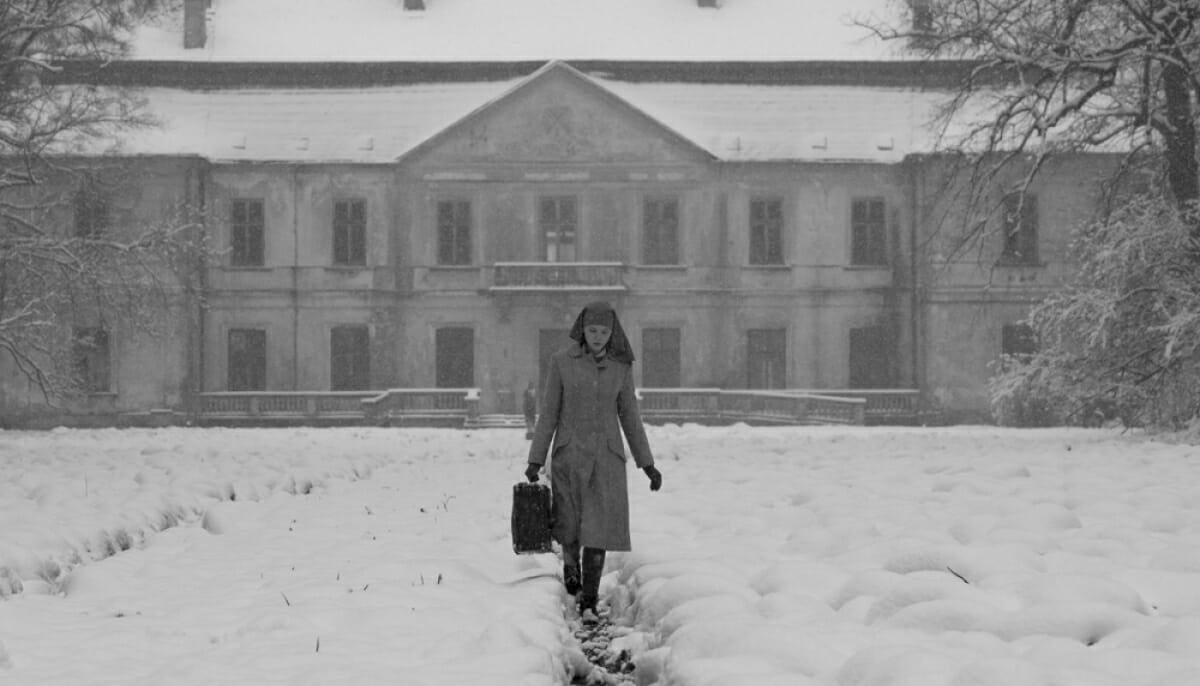
Address by Sohrab Sepehri | A quest to mirror life between poetry and cinema
Author
Format
Length
Original language
Genre
For his 2004 movie about a heart-wrenching love story, director Michel Gondry chose the title Eternal Sunshine of the Spotless Mind, which comes from a verse of the poem Eloisa to Abelard by Alexander Pope. There are many artworks inspired by or connected to poems. Apocalypse Now, by Francis Ford Coppola, is full of references from T.S. Eliot‘s poetry. Another coming-together of poetry and cinema is Where is the friend’s house, Abbas Kiarostami‘s movie whose title is a verse from Sohrab Sepehri‘s poem Address.
The connection between these poems and their corresponding movies goes beyond the title. There are signs which reveal how Kiarostami took on board Sepheri’s poem and turned it into a cinematic experience.
Searching for the friend’s house
Where is the friend’s house? Asked the horseman just at dawn.
The Heavens paused.
A wayfarer took the bright branch from his lips,
conferred it to the darkness of the sands,
pointed with his finger to a popular tree and said,
“Just before that tree
there is a garden path greener than God’s dream.”
As with all of Sepehri’s poetry, Address is influenced by aspects of Abrahamic religions and Sufism. In fact, it reminds one of the 12th-century poet Farid Ud-din Attar‘s Sufi poem The Language of Birds, because of the presence of seven steps needed to reach the destination. On the other hand, it shows how Sepehri’s spirituality finds its home in nature.
In Address, the protagonist is a horseman who is guided in his quest by a wayfarer, as in other allegorical journeys (Virgil in Dante’s Divine Comedy or the Hoopoe in Attar’s poem). The last character is a child on the pine tree, who is supposed to help the horseman find his friend’s house.
The seven phases of the journey are elements of nature: a tree, a garden, where he will meet true love. Through the path, he will reach maturity, the flower of loneliness and the fountain of eternal myths. There, he will meet terror; later, on a pine tree, he will see a little bird in the child’s hands. The power of the images creates an ethereal atmosphere which, in such a simple setting, has an enchanting power on the reader.
The movie Where’s the Friend’s House, instead, is about Ahmed, a young child who watches his teacher reproaching a fellow student, Mohammed Reza, for not using his notebook for his homework, threatening expulsion should it happen again. When Ahmed returns home, he realizes he has accidentally taken Mohammed Reza’s notebook. The entire movie consequently focuses on the search for his friend’s house to give him back his notebook and all the obstacles he must face and the help he gets to save his friend.
Who is the friend?
The poem Address begins with a question and ends with the same question: the same circular structure that characterizes the movie, where Ahmed never discovers where Mohammad Reza’s house is. Several critics have seen in Sepheri’s friend an image of God. Along the way, all the searching can refer to the search for good in life. In this way, the point of good is not having a proof of its existence or knowing where it lives. Instead, the point is acting, in one’s small way, in the name of it or of the idea one has about it.
As a matter of fact, the child does not knock at the door of the presumed friend’s house: he thinks that maybe Mohammad’s parents would punish him for leaving the notebook. On the contrary, he decides to go back home and do the homework for his friend at night. On the next day the homework is evaluated as excellent by the teacher.
Listening to life renewing itself
In the movie, Ahmed tries to ask for help from a lot of adults. Unfortunately, they do not help him: some are just interested in their business or their needs, while some are stuck in old-fashioned ideas or customs. In any case, they do not listen.
Therefore, adults do not properly listen to the new generation’s problems or values. The film shows that the good renews itself with time, as the generations do, and that dialogue is necessary.
There is also a positive figure of an adult, who is willing to help Ahmed. However, it is interesting to see that he cannot totally guide the young boy because he walks too slowly. This scene represents a good metaphor of how older generations should listen, try all they can to help, but, in the end, leave the youngsters space and time to act according to their rhythm and their ideas. In Address, on the other end, the protagonist of the search will face all the stages of life: the pure love of childhood, the sincerity of adolescence, the loneliness and fear of maturity and still he will be searching for the good, as a proof that it is about a lifelong search.
High up in a pine tree,
you will see a child
who will lift a chick out of a nest of light.
Ask him,
“where is the friend’s house?”
It will be necessary to see the world through a child’s eyes. The child will become the guide, which means that listening to whom has recently arrived to life, means contributing to life that renews itself.
Tag
Buy a ☕ for Hypercritic








